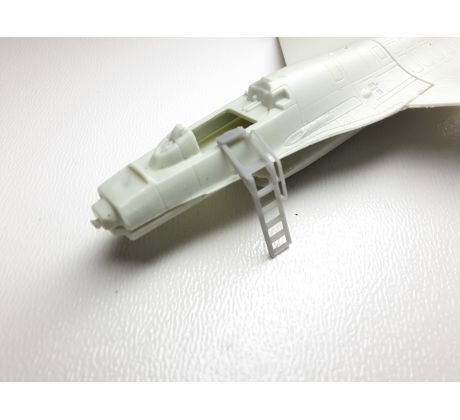F-16 Ladder

F-16 Ladder
1/144 scale 3D resin printed parts for F-16 kit. Includes 2x Ladder. Design for Revell kit. Colour instructions
| Ref. No.: | RM009 |
| Availability: | IN STOCK |
Products purchased together with this product
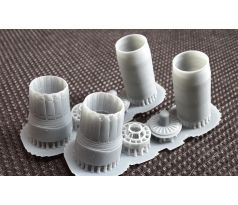
F-16 PW Exhaust for Trumpeter kit
1/144 scale 3D resin printed parts of PW Exhaust for F-16 (Trumpeter kit) in two versions
Kit contain parts for two models, instructions
For fit this kit required serious (surgery) of original model
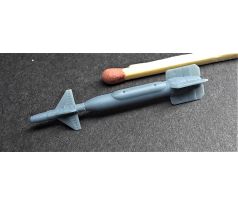
GBU-24 A/B guided bomb 2X
1/144 scale 3D resin printed GBU-24 A/B guided bomb Include 2x bombs.
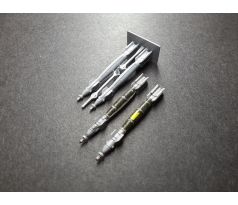
GBU 49
1/144 scale 3D resin printed parts. Includes 4x GBU 49 bombs, Decals, Colour instructions.
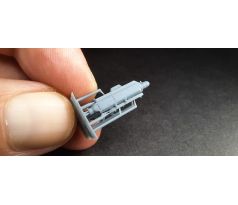
AN/ALQ 131 3 band (deep version) for F-16
1/144 scale 3D resin printed AN/ALQ 131 3 band ( Deep version) for F-16. Fit Revell kit. Include 2x pods one with pylon for F-16, one without pylon, and pylon for F-16 seperate.
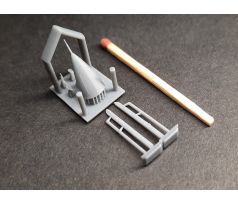
NOSE, WINGTIPS for F-16
1/144 scale 3D resin printed parts. NOSE, WINGTIPS, PROBES ..... for F-16 Revell kit
Includes colour instruction sheet.


